How the Fuji X100V can help you be a better photographer
The Fuji X100V embraces and celebrates the Fuji philosophy: that cameras are more than just image makers. More than any camera I can remember using, the X100V is simply enjoyable to use. It’s fun. It’s so much fun to use that even when there are other cameras around, I most often choose the X100V over what might be a more robust body or versatile lens.
I believe strongly in the well-researched idea that the more of something you do, the better you get at it.
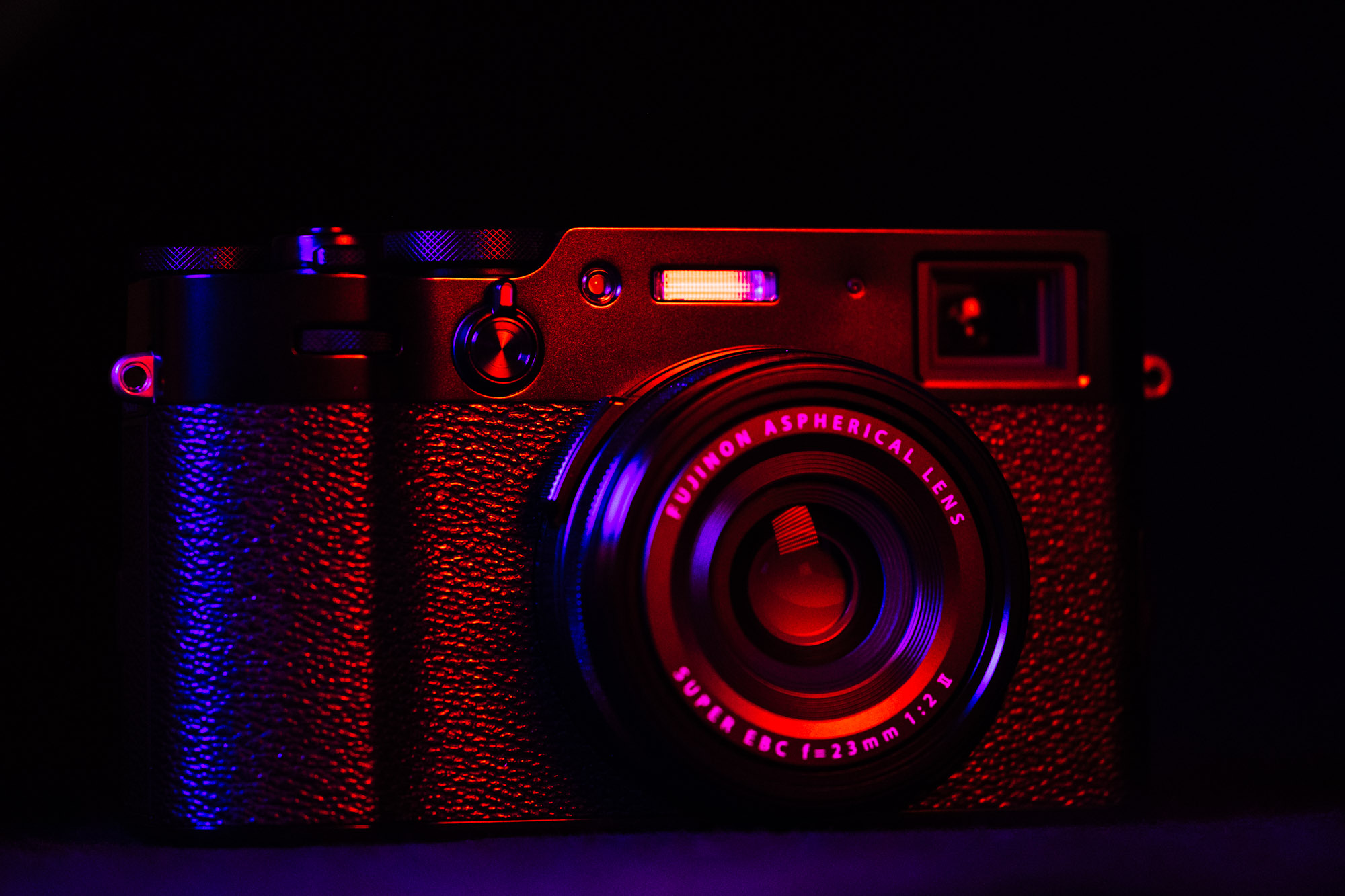
Here is the low-down from my perspective: when you take more photographs, you get better. The X100V makes picking up a camera and shooting photos effortless, and in the hands of a capable photographer can produce stunning, world-class imagery.
Some background: I’m a Fuji guy. I started using the system years ago after searching for something lighter and smaller than the 1D Canon monsters I was used to using. I was a wedding photographer and the years of full-day weddings with Canon gear bursting from my various packs and cases was taking its toll on my back. I needed something lighter, even if I had to sacrifice some capability.

So I made the switch. I was impressed enough with the image quality and lenses to make the jump even if the autofocus was a lot slower and the high ISO wasn’t as impressive. However, I made it work, and when the XT-2 came along I no longer felt like I was missing much of anything moving away from Canon.
However, I also didn’t think I was going to purchase the X100V. I had just purchased the X-Pro3 and didn’t think I’d ever need the X100V. After all, I paired the X-Pro with the 23mm 1.4 and thought I had the perfect camera/lens combination that would blow the X100V out of the water.
I thought that all the way until I actually had a chance to use the X100V. My opinion changed quickly.
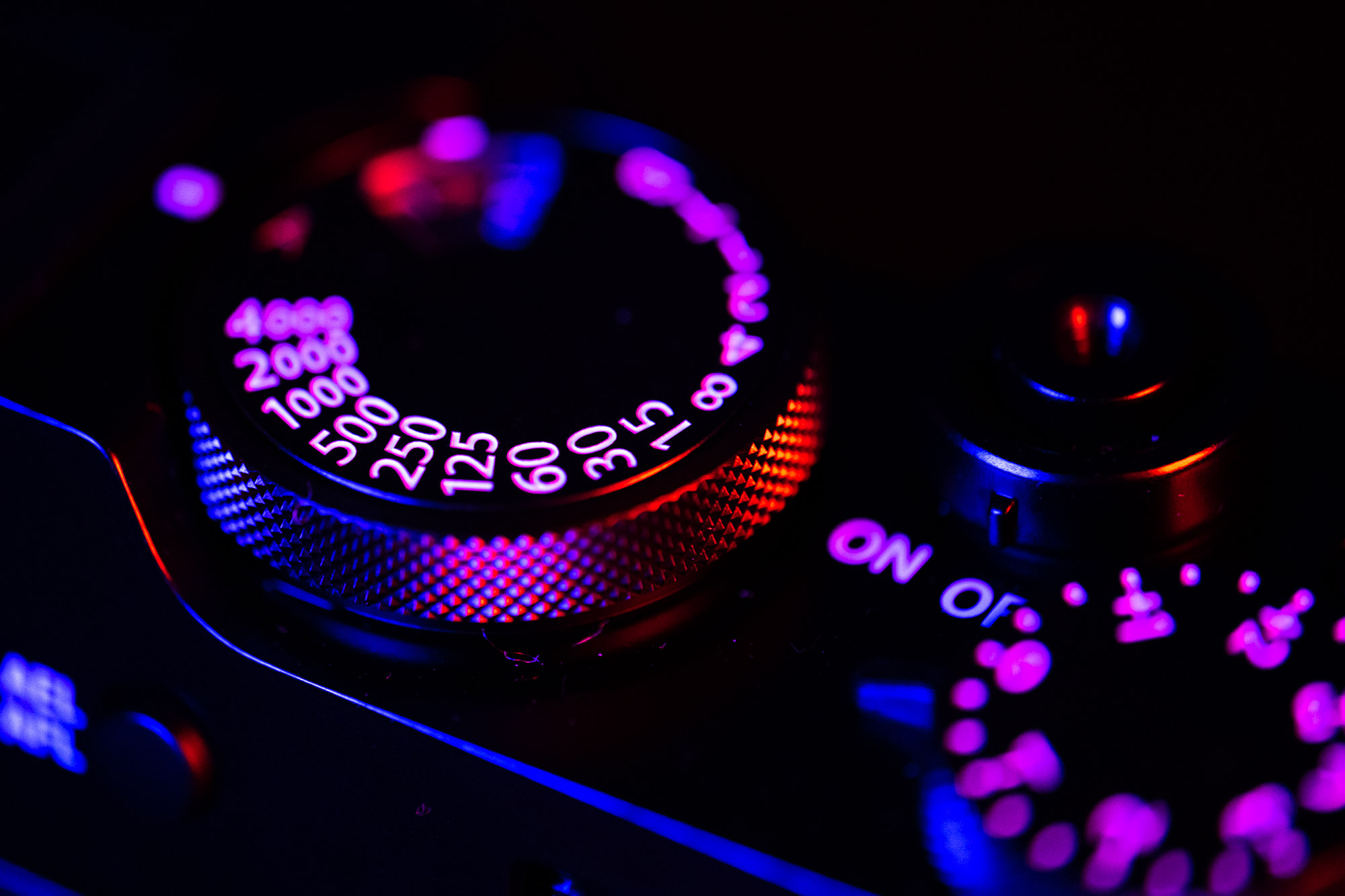
First of all, the X100V is extremely easy to set up and get great shots. I already had the batteries charged up (the batteries are the same as the X-Pro3 and X-T3) so I threw in a memory card and started snapping away. It’s hard not to smile the first time you hear the shutter click sound (which you can change using any of three options). The camera got from focus-to-shot so quickly I thought for sure the camera couldn’t be that accurate. I was wrong though – the focus was very fast and accurate on all my first few dozen shots, even if I wasn’t shooting fast-moving subjects.

Within my first day using the camera, I had taken hundreds of shots of my family, of small details in my home, of every day wonderful moments. The camera is tiny, light and gets fantastic images every time it gets picked up. Even with the X-Pro3 sitting inches away, I would choose the X100V each and every time I wanted to shoot a fun moment with family.

And the photos are wonderful. The quality is outstanding since the X100v shares the same sensor and processors as its big brothers, the X-Pro3 and XT-3 and XT-4. The 100 also has a new lens (a 35mm equivalent F/2) that holds up much better than the older X100 cameras. I had previously owned an X100S and I liked it a lot, but when I got too close things weren’t sharp enough for me. The X100V, even when focusing close, looks fantastic and the F/2 is good enough for me.
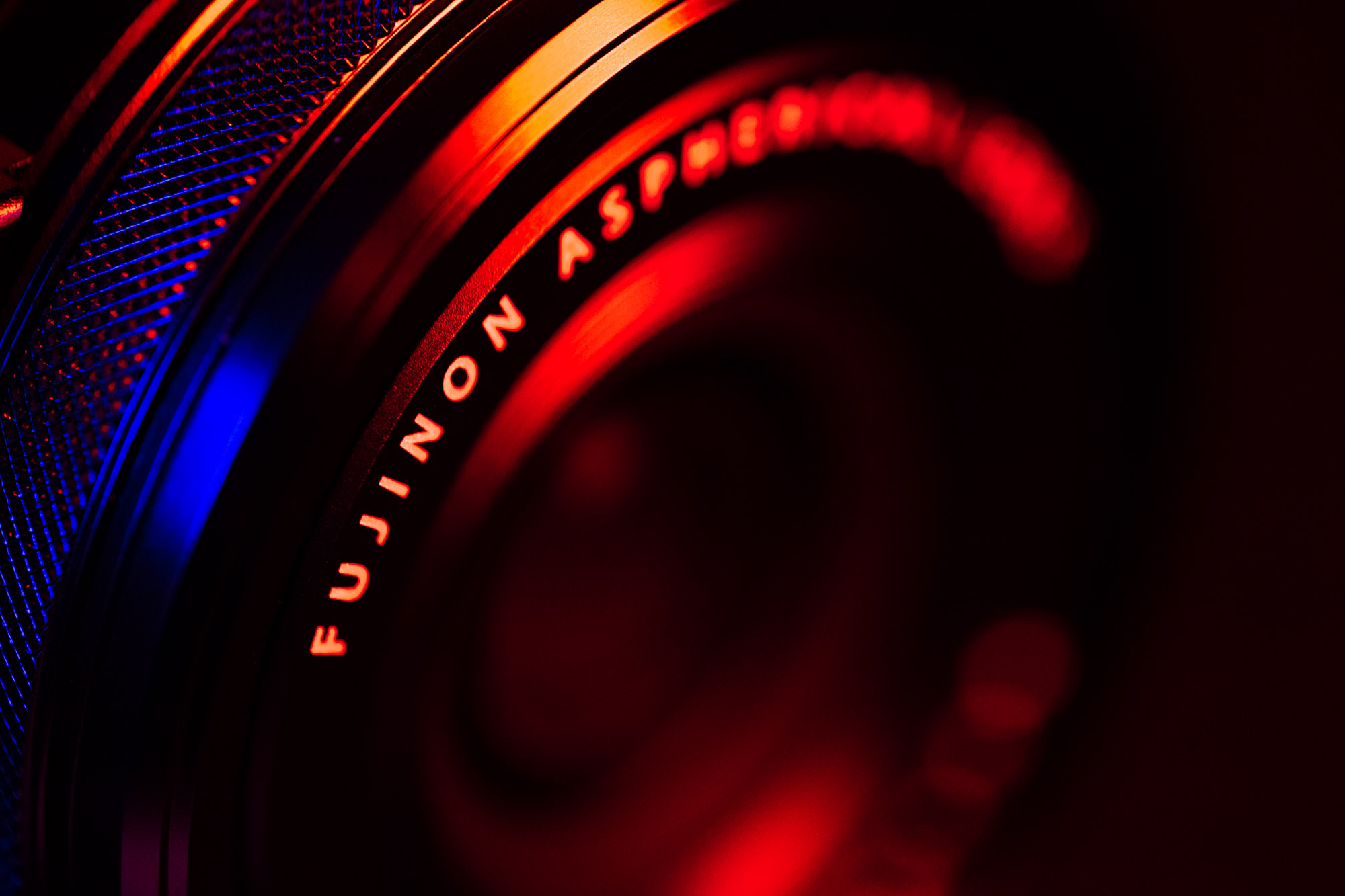
So what’s the X100V good at? A lot of things, actually. As a travel camera, this is it for me. This and a few batteries are all I need for almost any family trip. The X100V is also imminently pocketable and unassuming. It’s great to take anywhere that a big camera might be overly-noticed. Street photographers seem a likely audience for me.
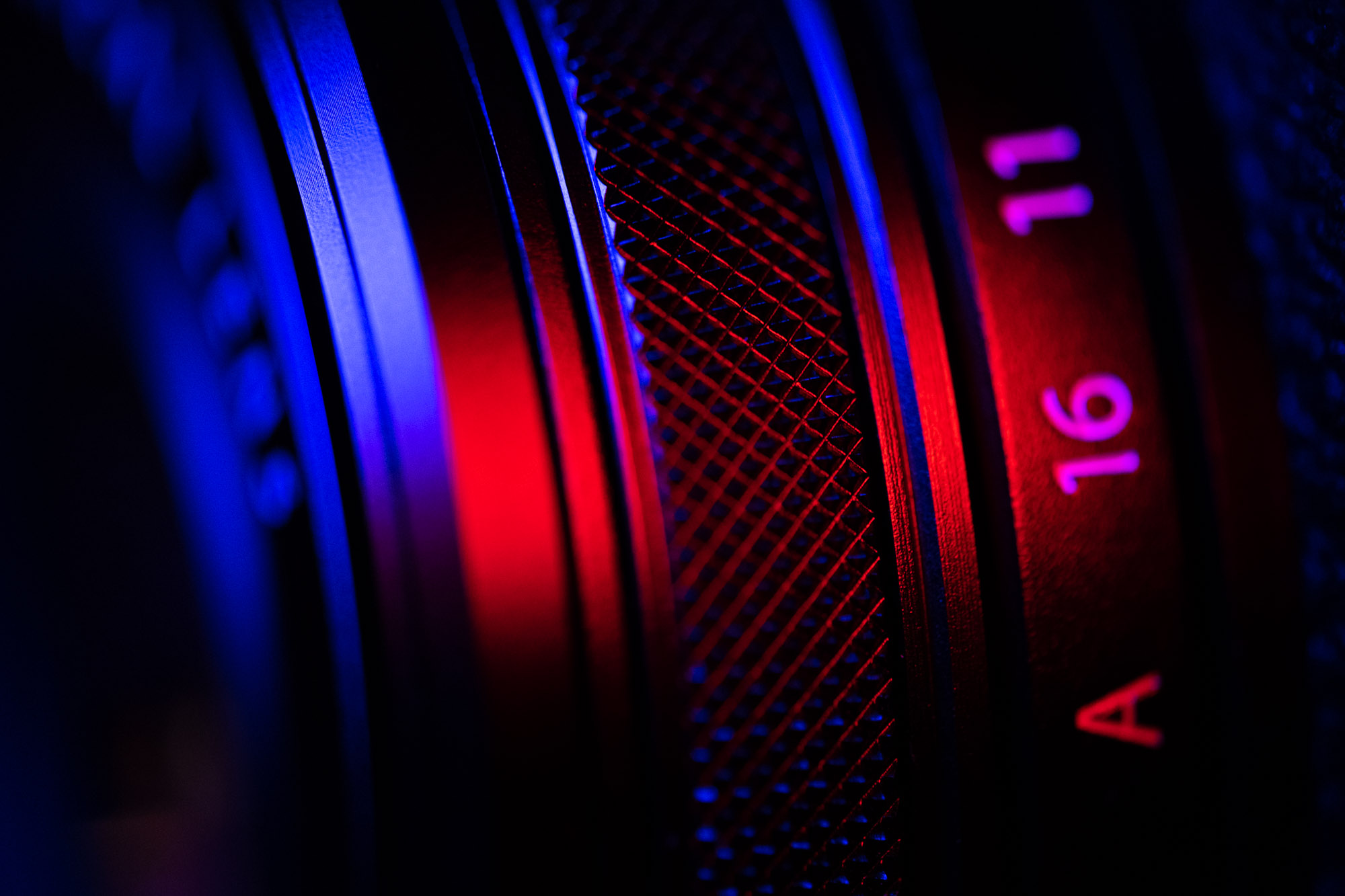
Since I’m mostly a landscape photographer, I wondered how much use I’d get out of it. Turns out quite a bit, even though it doesn’t replace the X-Pro3 as my main kit. The Fuji lineup is way smaller and lighter than what I was used to in the Canon days, but when I am serious about a photo trip, the X-Pro3 goes with several prime lenses, the 50-140mm and the 100-400mm. Overall that becomes quite a bit of bulk, even if the overall impact is a fraction of what it was before I switched to Fuji.
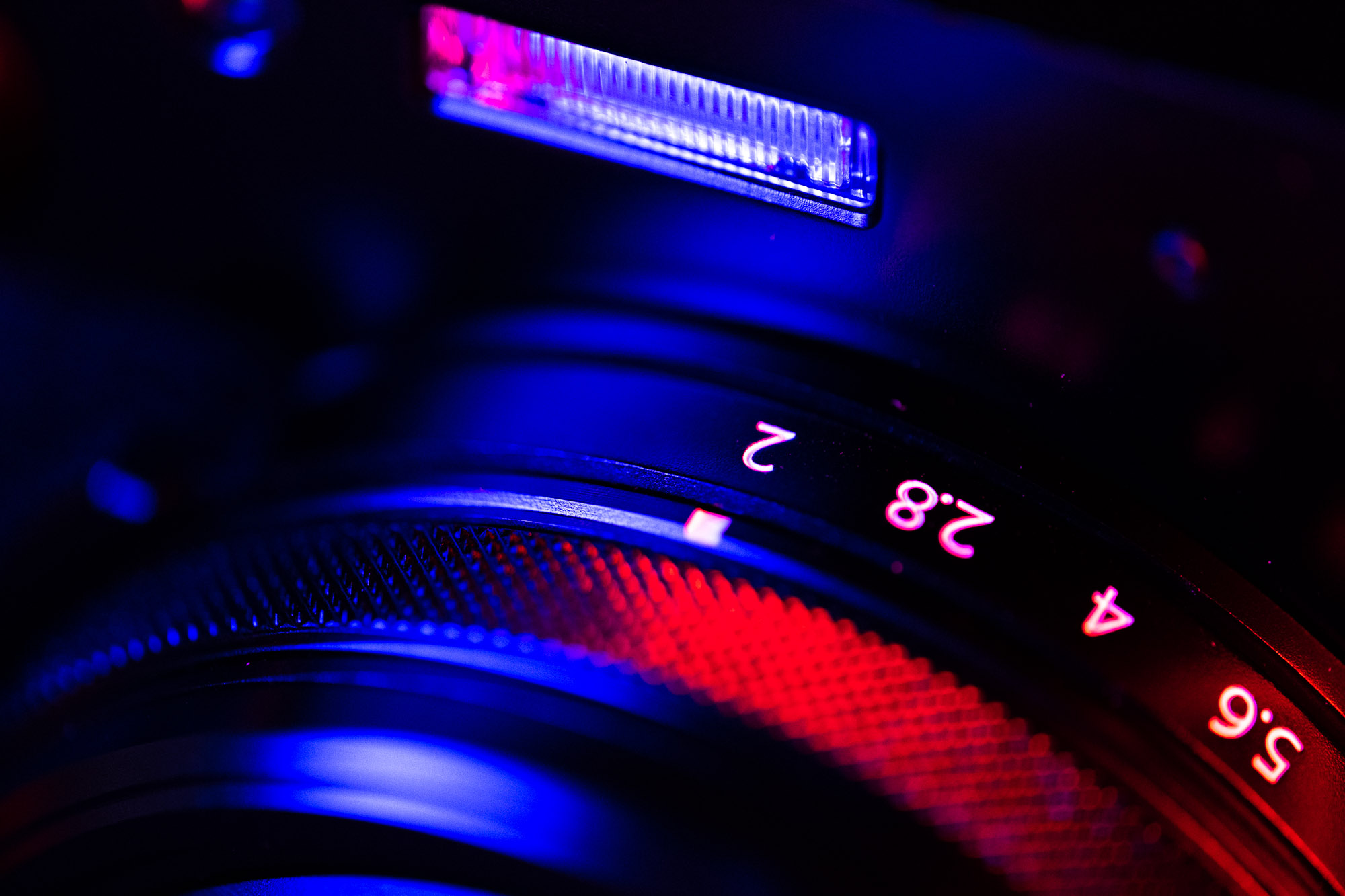
Basically, this means the Fuji goes with me WHEREVER I go. Every photo trip, it’s there at my side, with an extremely small and light 35mm viewpoint, ready to shoot at a moment’s notice. I even take it into gas stations and other places I wouldn’t otherwise take my camera into. And since you never know when there might be a good opportunity for a photograph, the X100V is always there for me.
The X100V simply removes most barriers that exist for me picking up the camera. It’s light. It has a fixed lens, so no more worrying about what lenses to bring. It produces world-class images that can be printed large. So picking it up and taking photos with it is simply an easy choice. I’ve taken far more photos since I’ve had it than without it.
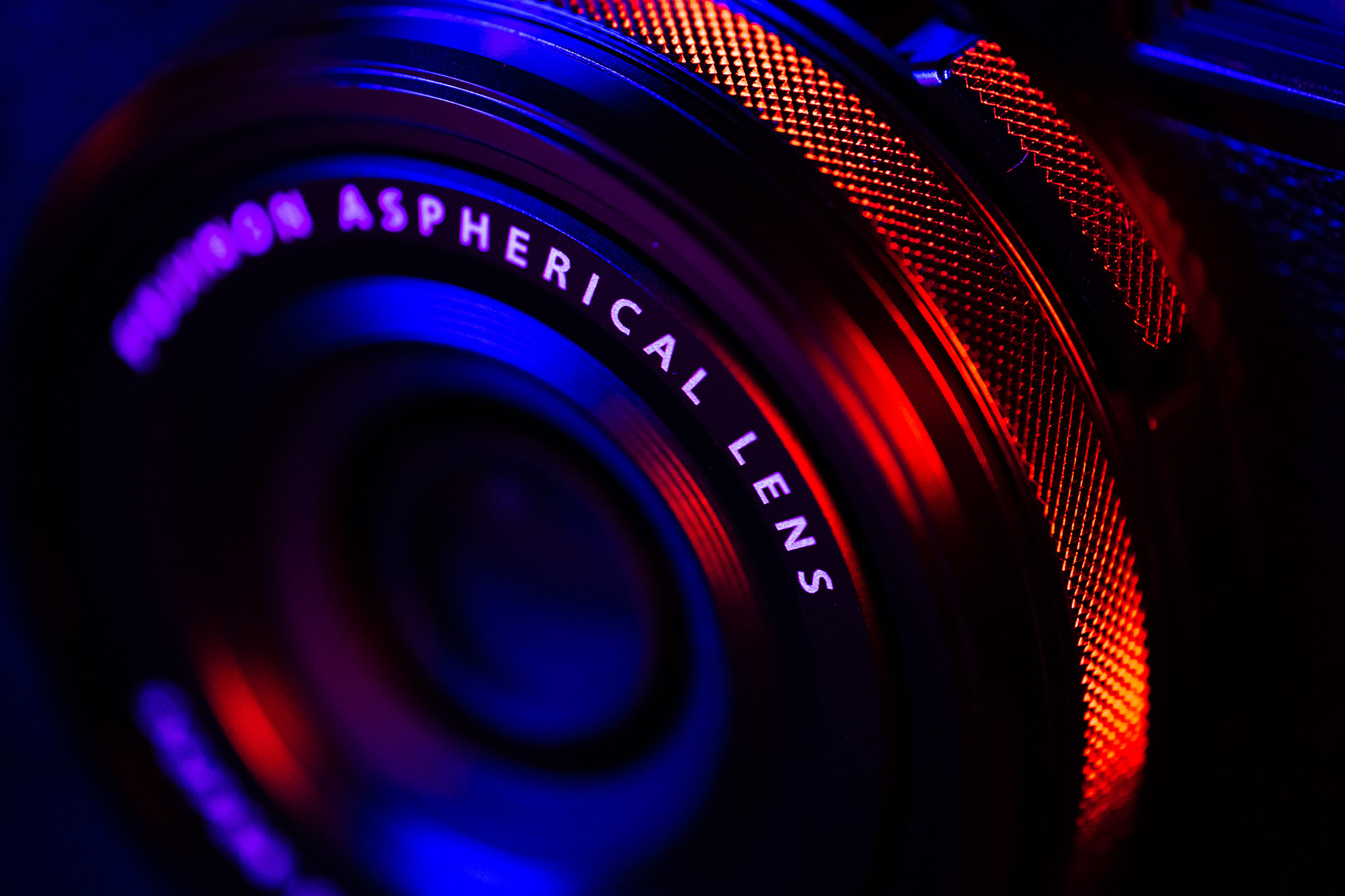
Still – it won’t replace most of my shooting gear. As a landscape photographer, I just need my other lenses for situations when I want something different or I can’t get close enough. There are shots you can’t get with the X100V, but I’m good with that. I have to be. It’s the compromise made with a camera this small and light.
Here’s the thing: the X100V embraces the photographer who enjoys taking pictures. I know some photographers who really don’t care about the ergonomics or the shooting experience of a piece of kit. They just want the camera to get the job done.
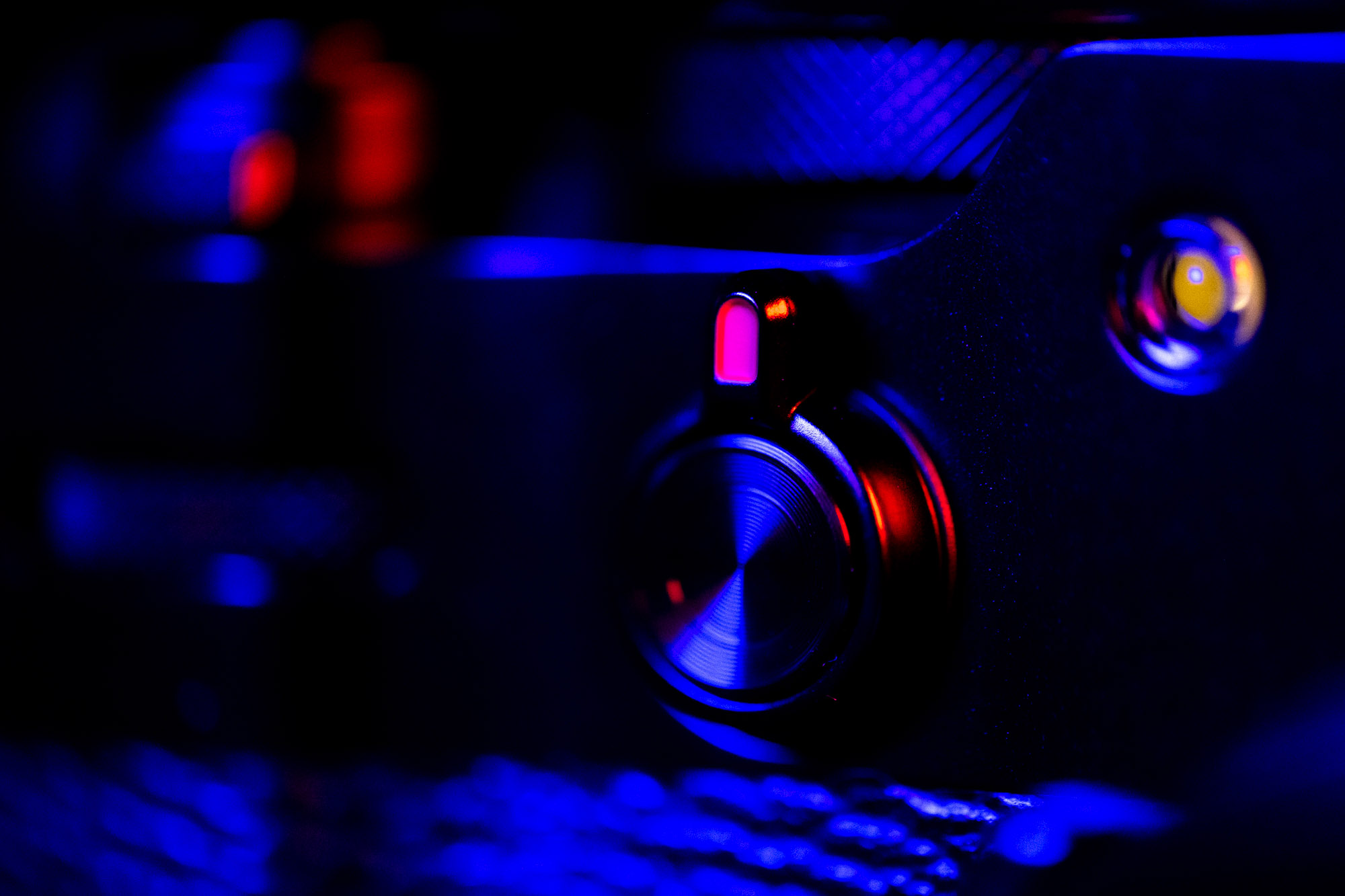
The X100V is the antithesis of this philosophy. It’s seems designed from the ground up to be enjoyable, the evoke a feeling, and carve out an identity with enough meaning to find its way into a photographer’s life.
SIX (MORE) THINGS I LIKE:
1. Hybrid Viewfinder

For the uninitiated, part of the allure of this camera and the original X-Pro is the hybrid viewfinder. A flip of a lever switches seamlessly between a 3.69 dot OLED electronic viewfinder and a beautiful, bright and clear optical viewfinder with some impressive heads-up display technology.
Anyone who comes from the previous age of viewfinders in the film world will probably appreciate this, but it does take some getting used to. First off, the camera’s HUD in optical mode can only approximate what the camera is focusing on. The autofocus is as accurate and fast as before… but I’m never 100% sure if what I want it to focus on, it’s focused on.
Now – part of that is me not “letting go” and embracing the freedom the OVF gives me. In all my tests taking hundreds of photos using the OVF, the focus was mostly right – I’d say something like 95% of the time.
I think it’s something that I’ll get more confident using moving forward. For now, though, I engage with the OVF when I want to purely enjoy the act of taking photos and embracing “being” in the world in a way EVF’s just don’t allow.
2. Fast enough for better hand-held exposure bracketing
I exposure bracket quite a bit now. I never used to because I would have to use a tripod, and I hate using tripods. The X100v, however, shoots in a burst of shots so quickly, even in locations with some wind moving trees, the shots are close enough that I can usually merge the exposures without a problem. I love how fast the camera shoots, and the bracketing mode gives plenty of options to customize how you’d like it to bracket.
3. Weather sealing
The camera is MOSTLY weather-resistant out of the box. That’s a cool thing. Pair it with the protective filter, however for full weather resistance. It kind of stinks that you have to buy an accessory, but at least the option exists.
4. 4K video
I don’t do much video, but I’m pretty impressed with the easy-to-use 4K video out of this little guy. Here is a video I put together using the X100v. Not bad!
5. Flip Screen

New to the X100V and something that caused much hand-wringing before the camera came out is the fantastic articulating screen. It doesn’t swing horizontally, but I have used the vertical functionality hundreds of times. It’s super useful for getting low or high.
6. Classic Neg
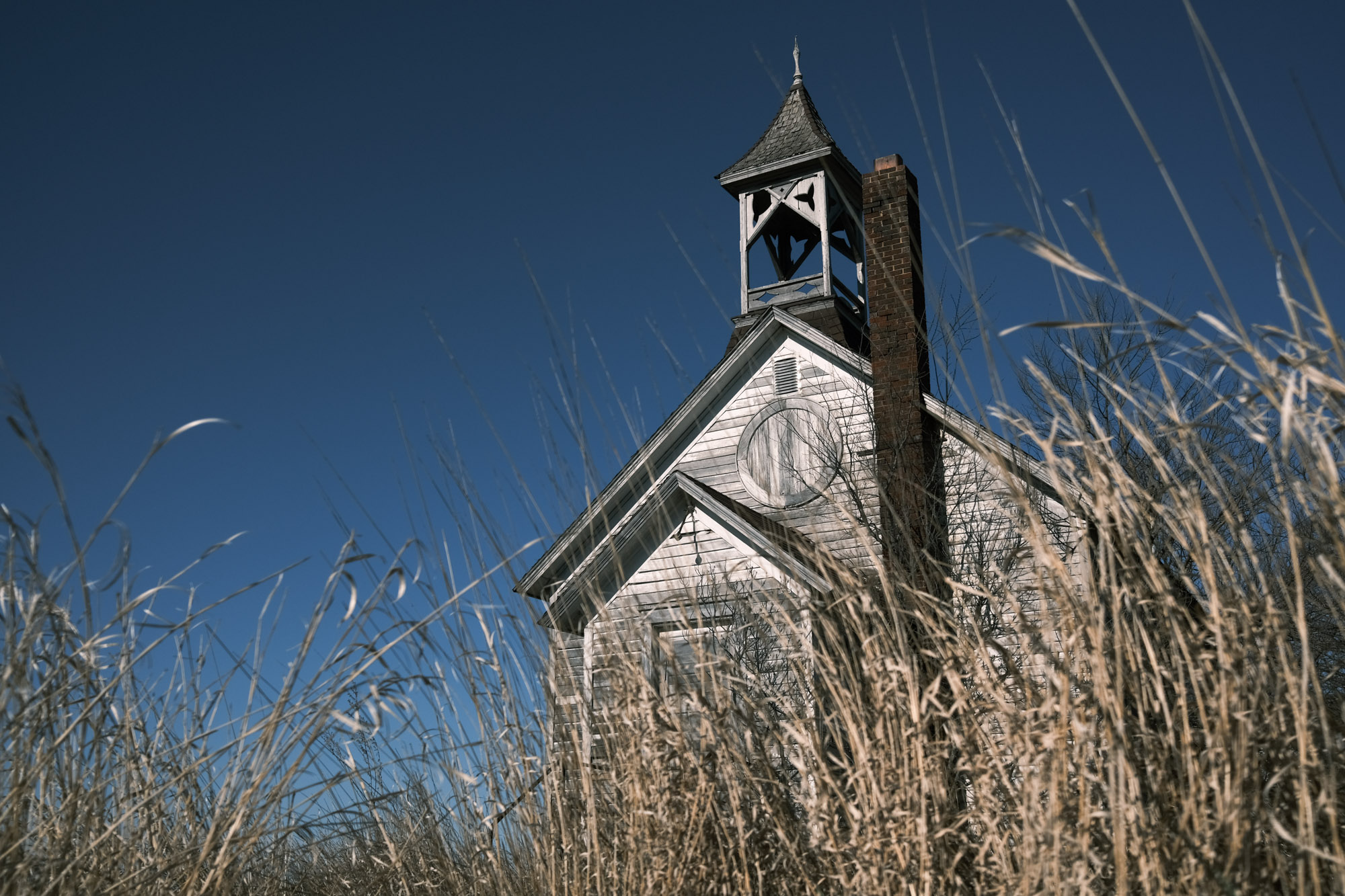
I almost always shoot RAW with JPEG on Fuji, and part of that is I LOVE the way it uses the magic of Fuji color science to make the images look unique. The new Classic Neg simulation mode is wonderful and the camera contains more ways to tweak jpegs than ever before, including adding grain and structure.
IMAGE GALLERY – All shots with the X100V and editing through Lightroom or Capture One.
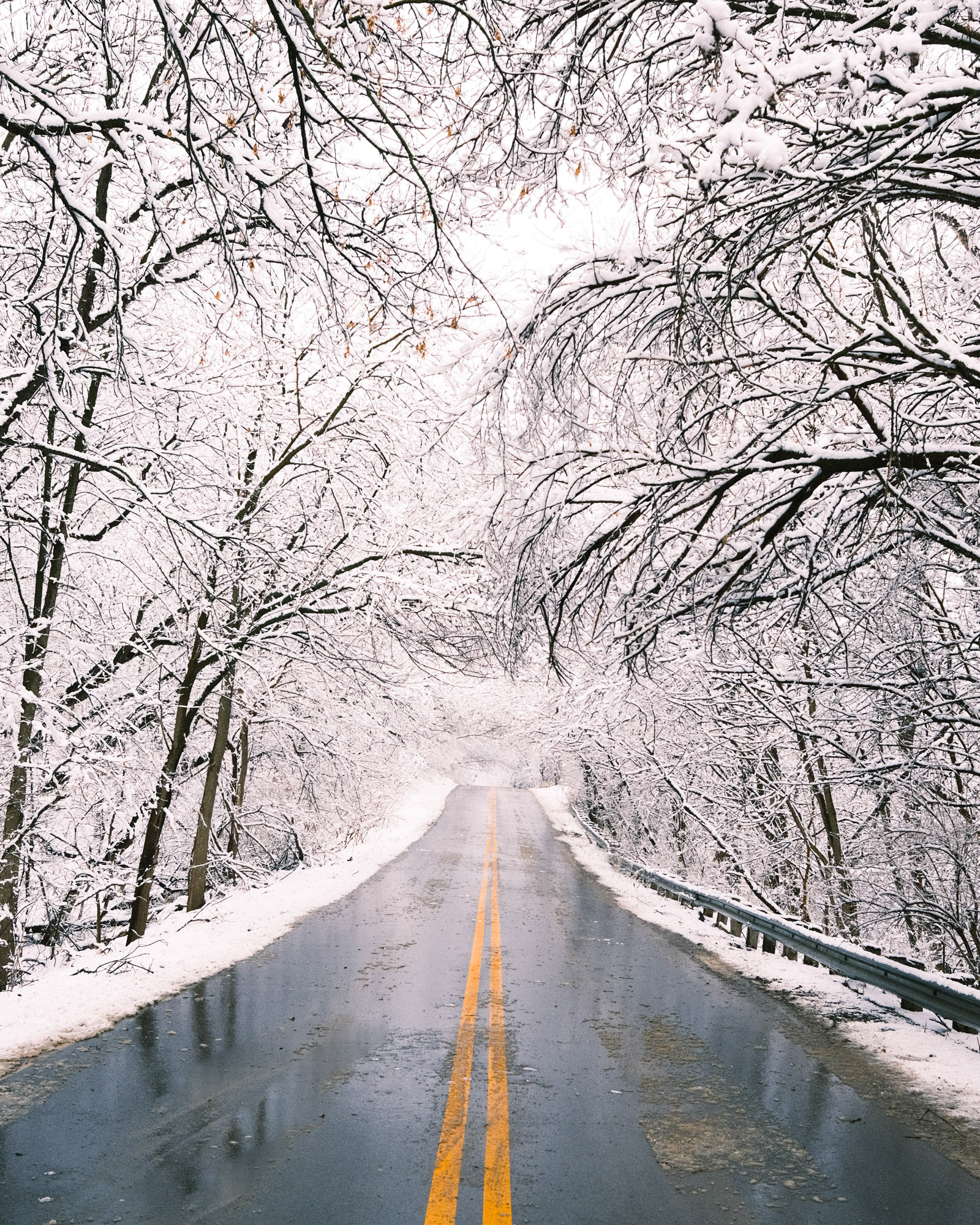
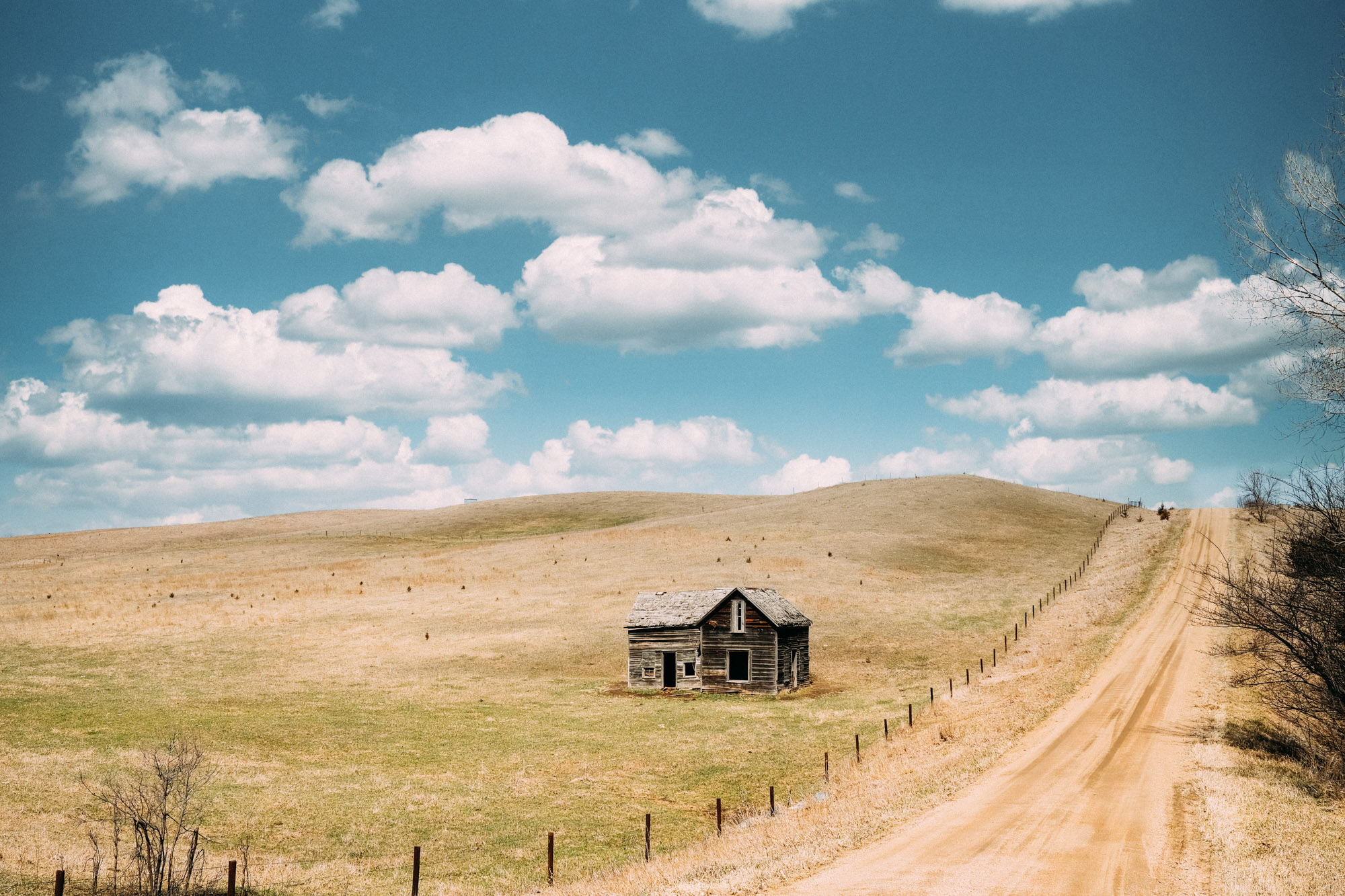
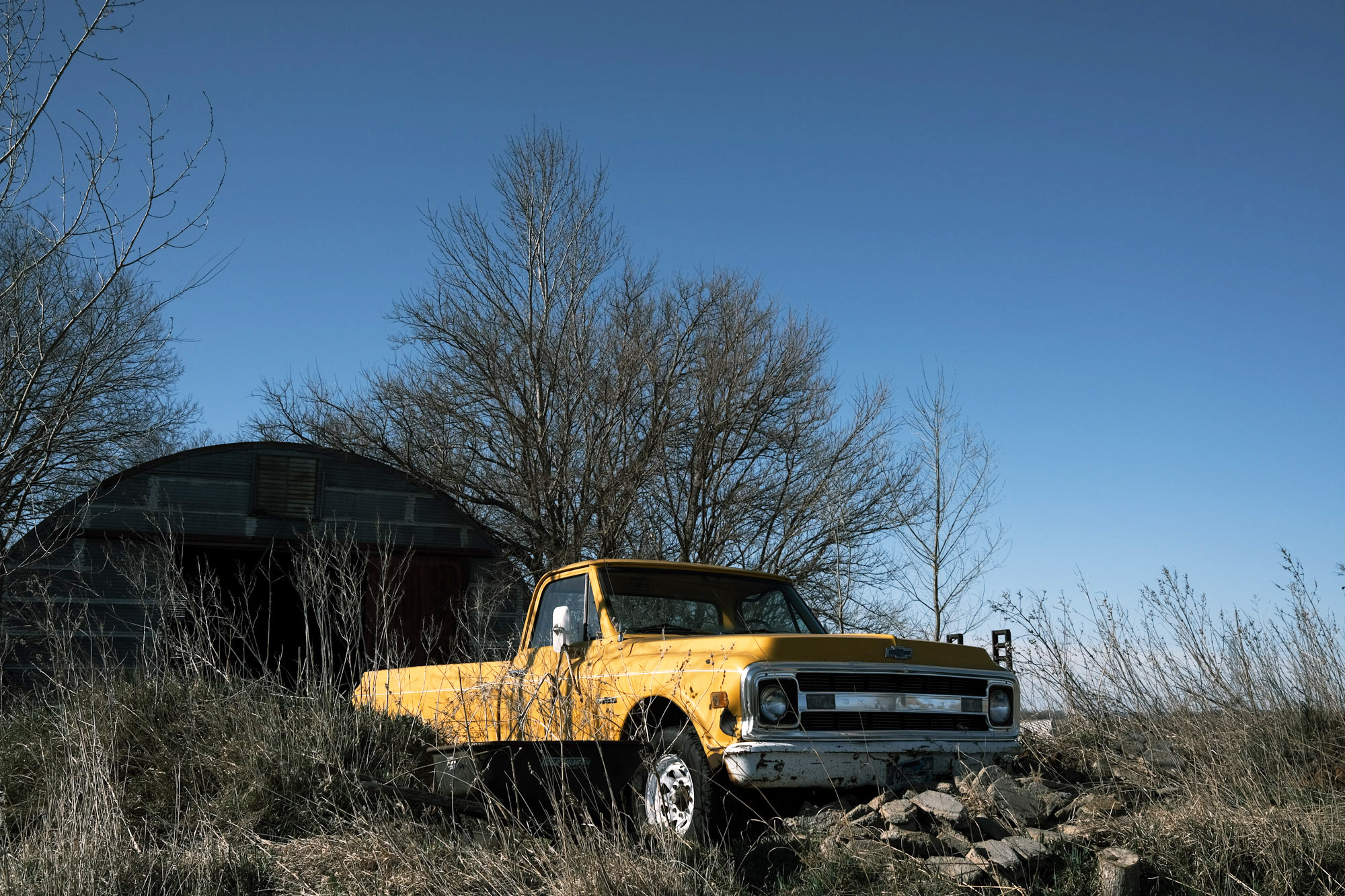

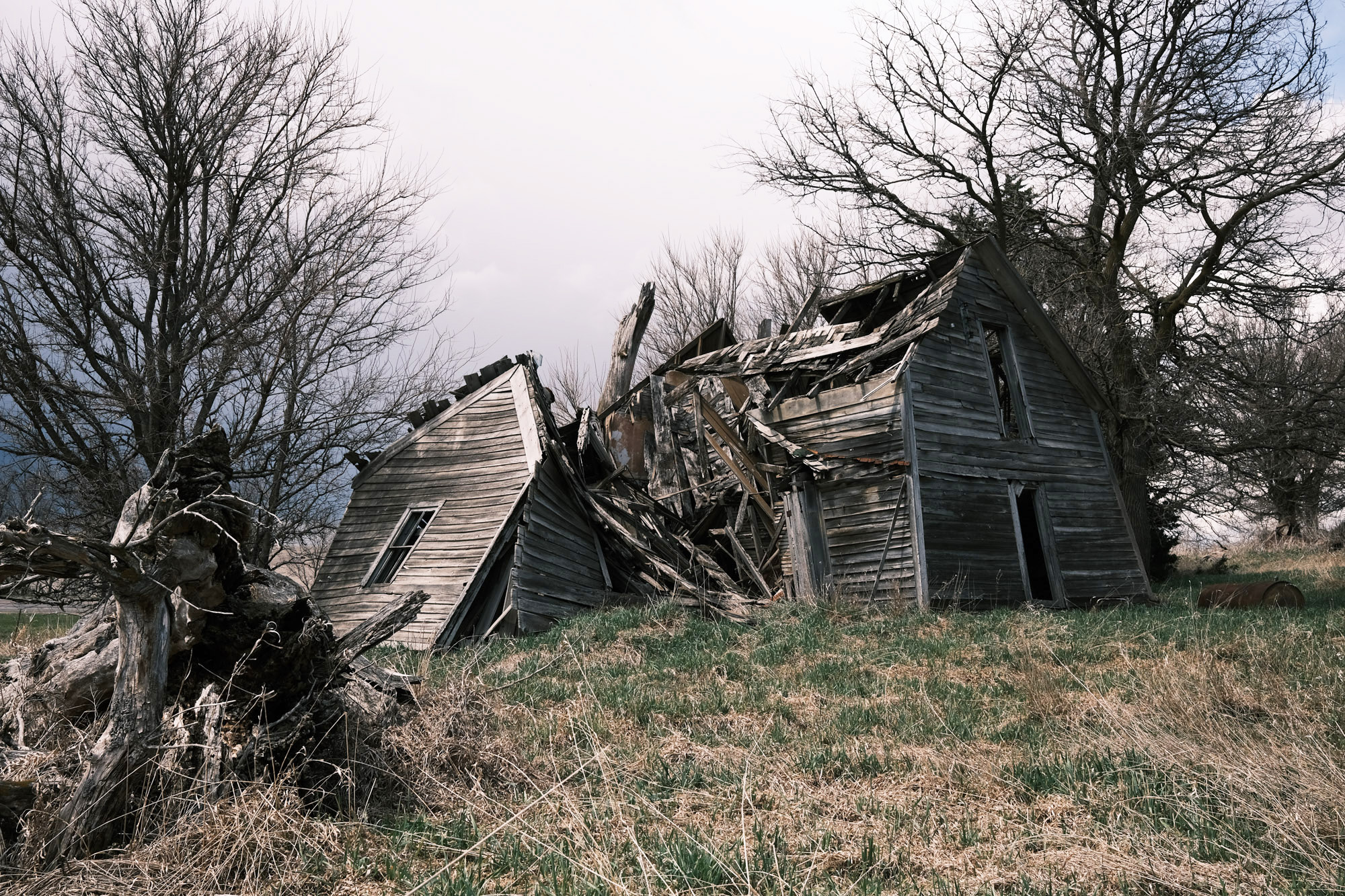
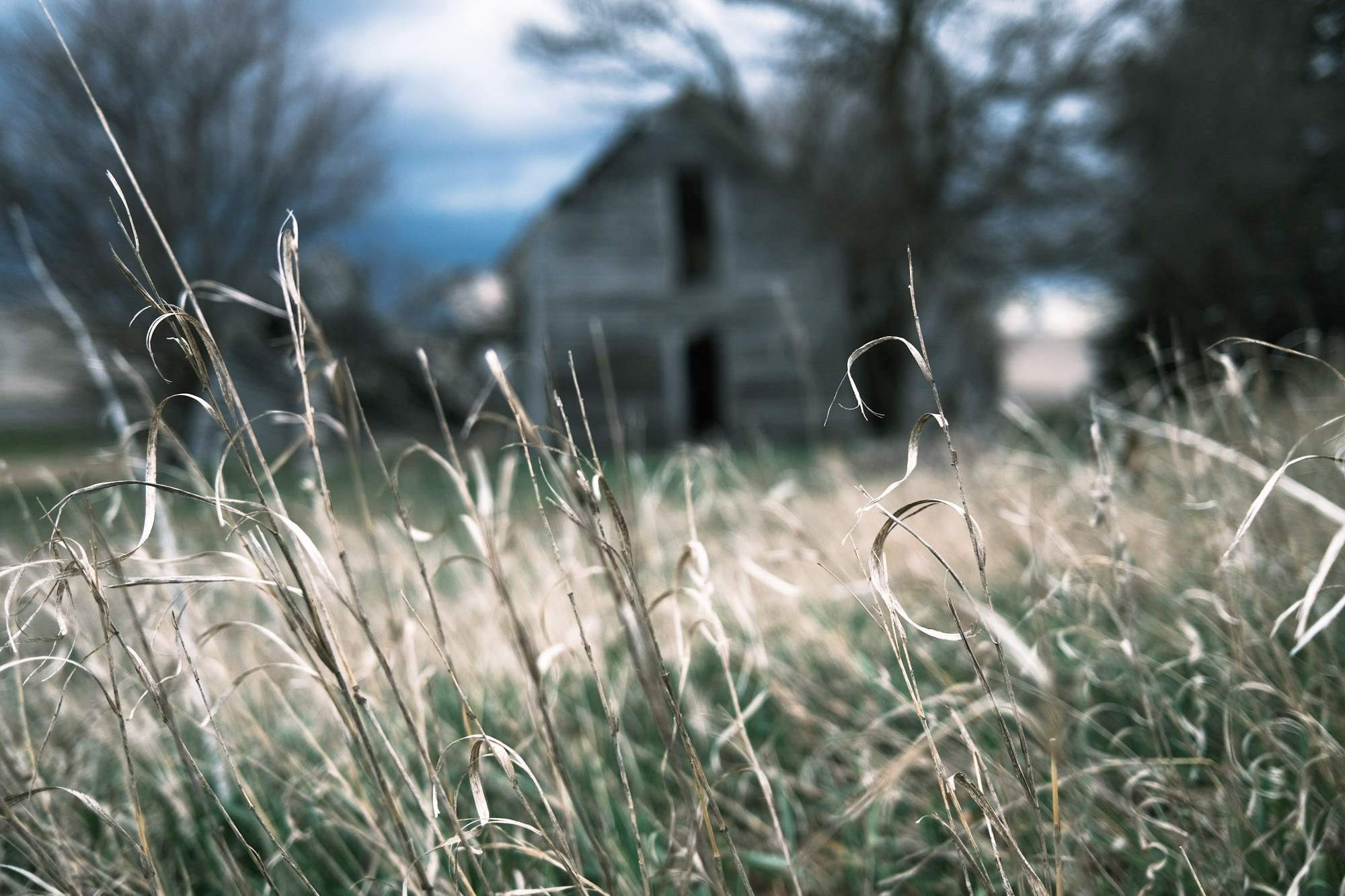
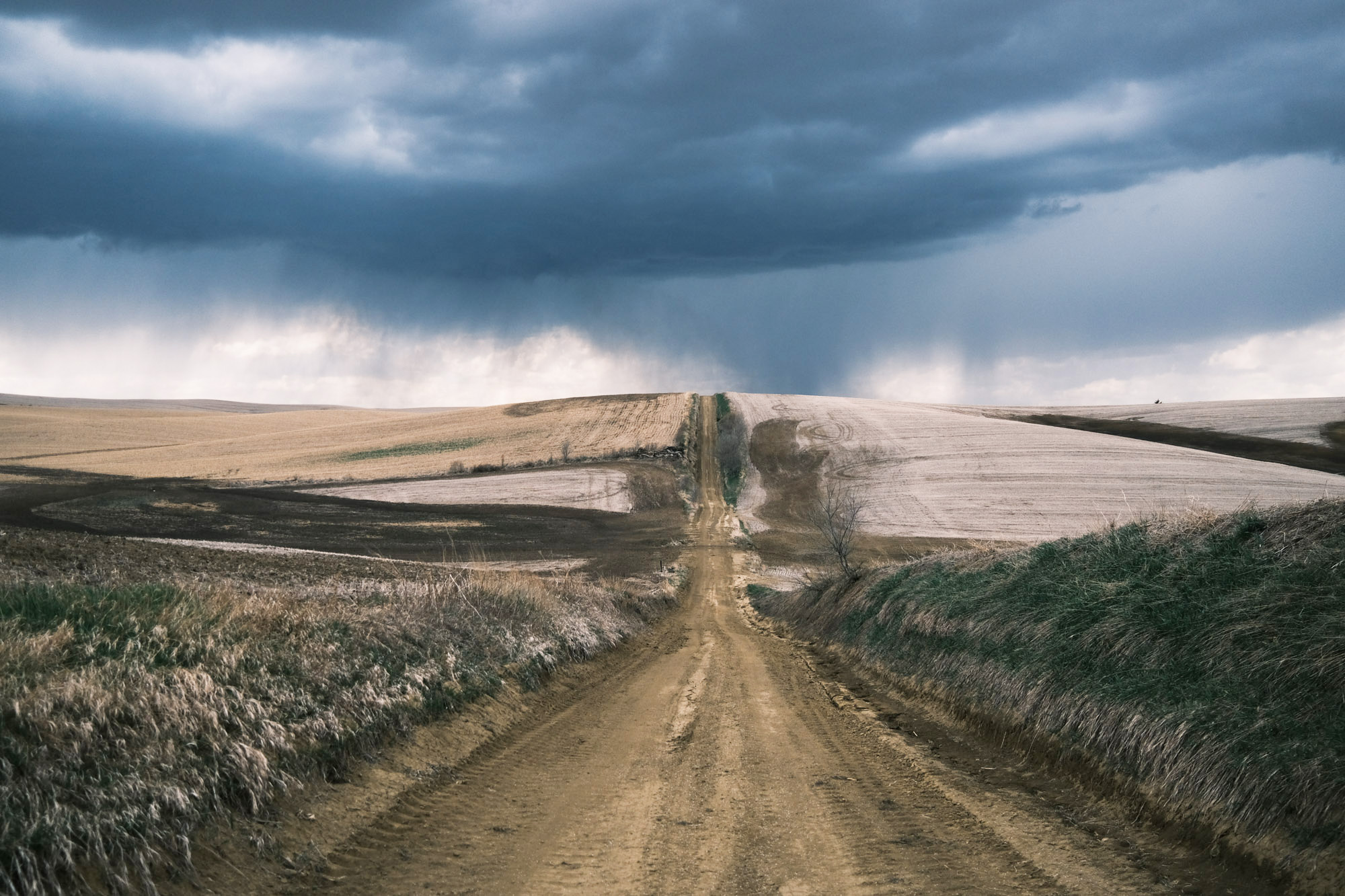
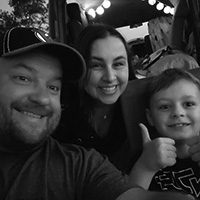
“When people ask me where I get my inspiration from, I point to these amazing humans. They have taught me this truth: every story is worth telling. We just need to be brave enough to speak. I’ve been teaching for more than 17 years and I want my students to find their voice just as my family has helped me find mine. I’ve been photographing for just as long, and I believe my photos capture slivers of hope, joy and truth in this world.”








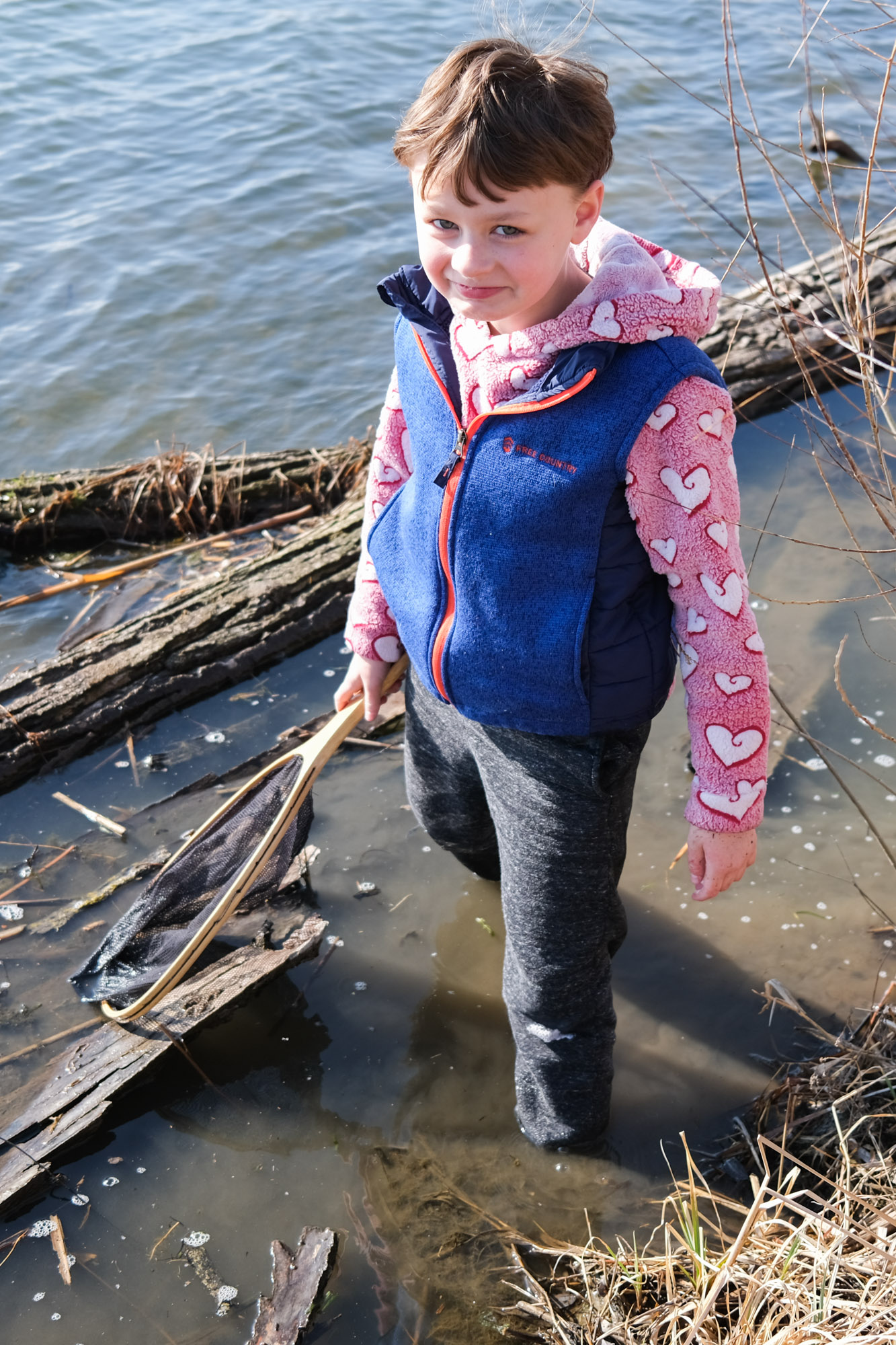








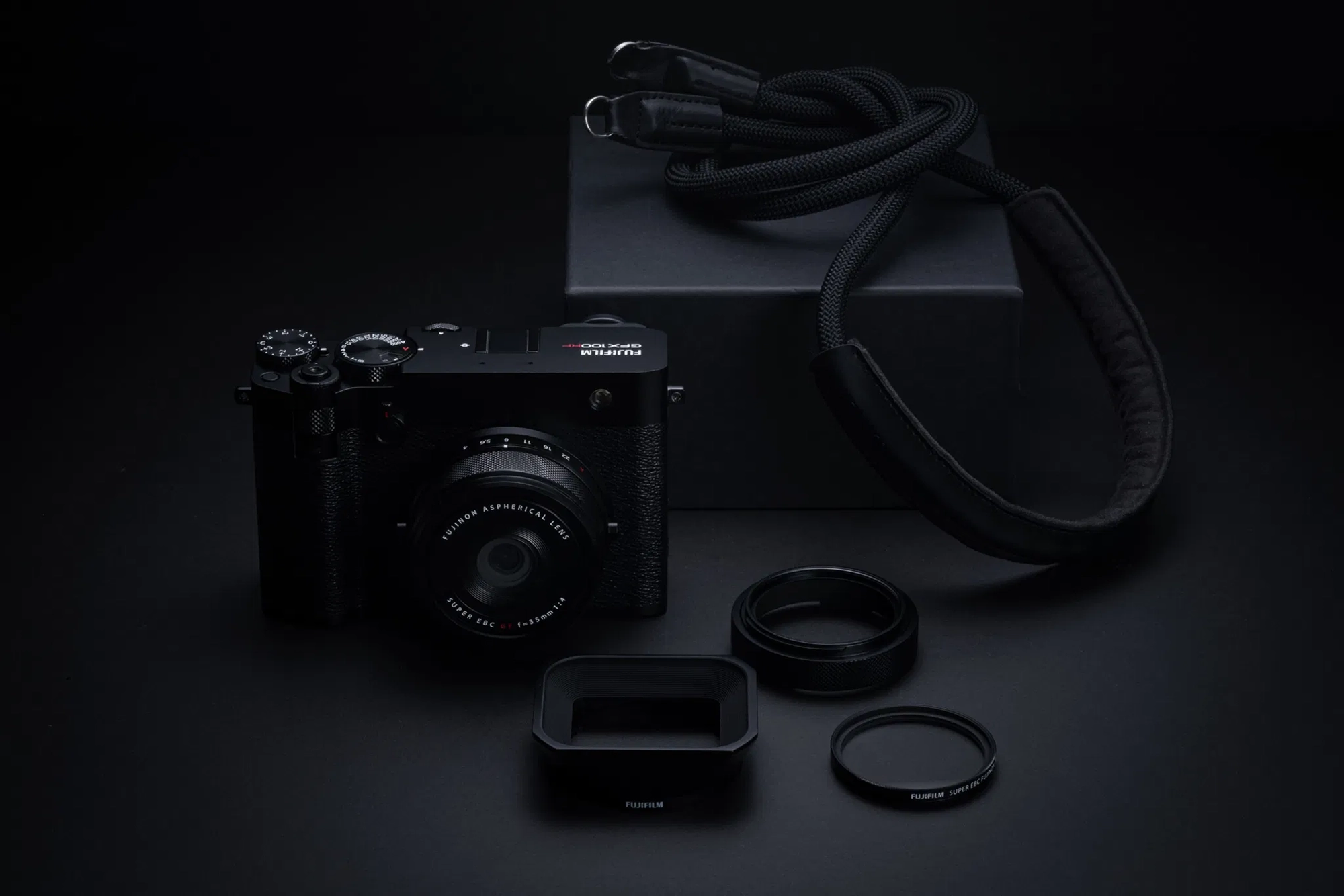
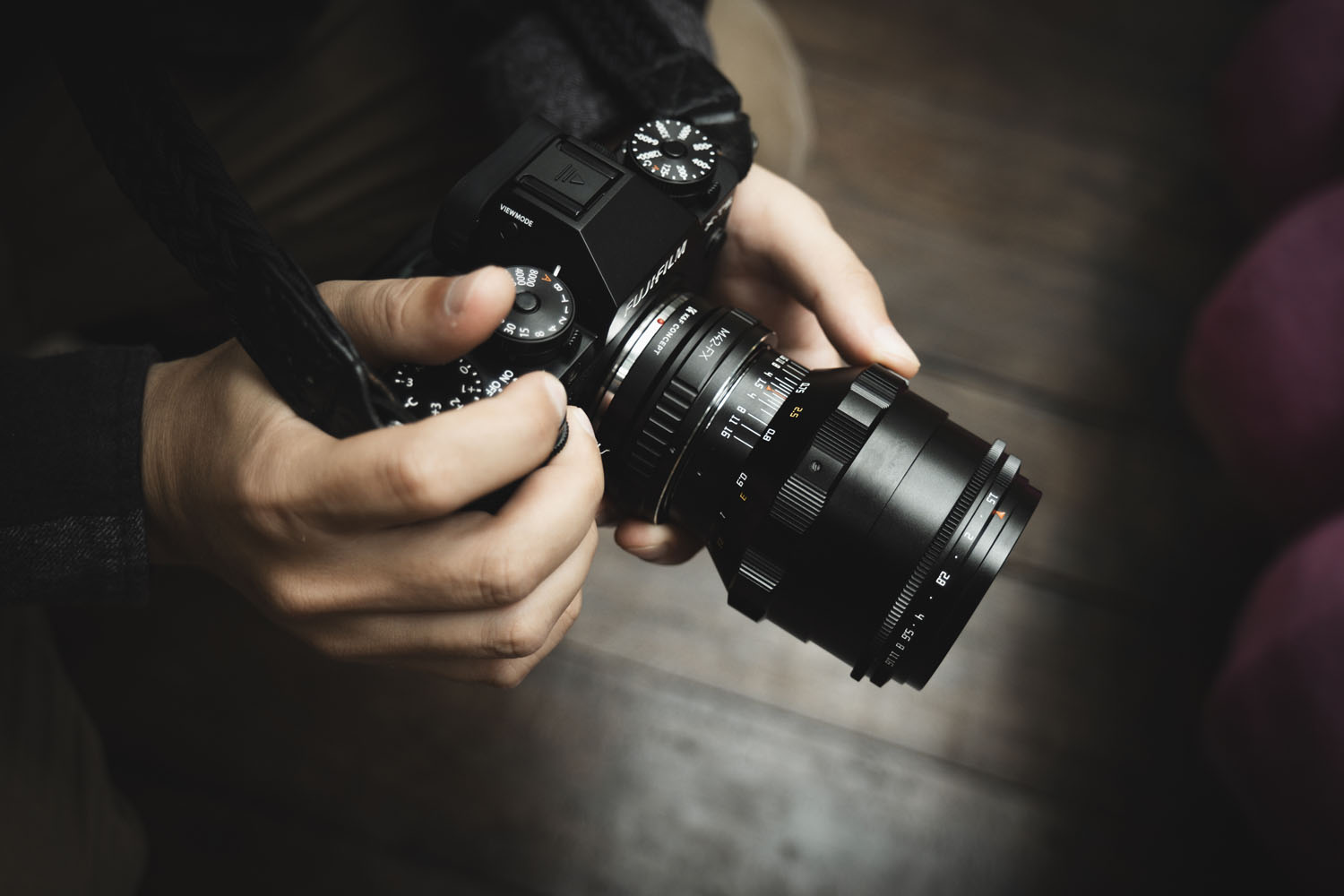

Mark Casebeer
May 15, 2020 @ 4:11 pm
Thank you for writing a wonderful review of the camera. I keep telling myself “I don’t need this camera” but the more I see the photos and user feedback I just might have to give it a try.
Jerred Zegelis
May 15, 2020 @ 7:58 pm
Mark! I am glad you appreciate the review. This camera is just plain special. Let me know if you get one and share some photos! 🙂
Khürt Louis Williams
May 18, 2020 @ 5:32 am
Sigh. Every time Fujifilm outs out a new version of a camera it seems all the gear writers have nothing but positive things to write about the new gear. The new camera always seems perfect. Until of course Fuji outs out a new version.
I am losing faith that I will ever read an honest gear review.
Jerred Z
May 19, 2020 @ 1:07 am
Hey! Thanks for commenting. I understand where you’re coming from – I certainly love the X100V and I think it shows in my review here without a doubt. I’ll think about this in future reviews – I’m certainly no gear writer, so this is my… second “real” review ever? Perhaps I can take more time to think of shortcomings. Again, thanks for commenting!
fujixpassion
May 19, 2020 @ 1:10 pm
Hi Khürt! Here we must disagree with you. This is among the best reviews of the X100V we have seen online. Unlike most reviewers that only show pictures from the cameras and not pictures taken with the cameras, Jerred actually shows what the camera can do, with a set of amazing photos.
Is the X100V better than the previous model? No doubt! 🙂
But it’s not an unboxing video or a review after 2 hours of use, but a true real-words review. In this, you will certainly agree with us.
Jeff
September 7, 2020 @ 10:52 am
I am also a street and landscape amateur photographer, my 2 favorite FOV are 35 and 28mm in FF equivalent
I don’t like to change lenses on the go as I am ”dustophobic” , wouldn’t the X100V + WCL 100 replace my Nikon Z6 that I have found a bit heavy for long walks?
Ralph
December 12, 2020 @ 1:09 pm
Thanks for an excellent and honest review. Makes me want the v a little bit more. And bravo for your excellent set of images, including landscape, although you say you don’t use it for that.
James Liam
January 7, 2021 @ 3:13 pm
Thank you for writing a wonderful topis
amyruthogl
February 11, 2021 @ 10:50 am
Thank you for writing a wonderful review of the camera
Laurie Faen
July 2, 2021 @ 10:57 pm
A great review of a wonderful camera. I recently purchased an X100V and it has reinvigorated my love of photography.
It has become my constant walking companion. My other cameras and lenses stay at work but my Fuji is my off duty buddy and I really enjoy it’s company.
Laura
September 12, 2021 @ 10:20 am
Thank you for the unbiased review!
I’ve been a Canon user my whole life and always keen to take my camera everywhere, but lately I think twice when it comes to take it out with me because all the bulkiness and heavy gear to carry during hikes and cycling trips. I took a long and tough hike with my family and my brother in law introduced me to this jewel! I was hesitant, but man IT IS. GOOD!! I started looking for reviews, opinions, comparisons, everything imaginable and this review have made me make my final choice. I’m getting my own. Switching from Canon is going to be tough, but the comfort will be worth it I hope.
Thank you again